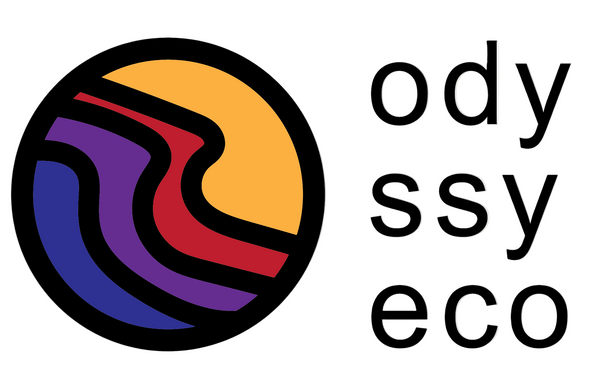faq
Collapsible content
What's the GSM (grams per square meter) of your linen towels?
Our towels are 125 to 200 GSM, striking the perfect balance between absorbency and quick-drying properties for outdoor use.
How does the hollowness of linen fibers affect towel performance?
Linen fibers are naturally hollow, allowing for superior moisture wicking and faster drying compared to cotton. This structure also contributes to the towel's lightweight feel.
Can I use your towel to safely clean my camera lenses or binoculars?
Yes! The soft, lint-free nature of our linen makes it safe for cleaning sensitive optics. Just ensure the towel is clean and free from sand or debris.
How does linen's heat conductivity compare to other fabrics?
Linen conducts heat 5 times better than wool and 19 times better than silk, making it exceptionally cool to the touch - perfect for hot days outdoors.
Can your towels be used for water filtration in emergency situations?
While not primarily designed for this purpose, the tight weave of our linen towels can be used for crude water filtration in survival situations. Always boil filtered water before consuming.
Can I use the towel as an impromptu sleeping bag liner?
Absolutely! The breathable nature of linen makes it an excellent sleeping bag liner. It adds warmth in cool weather and wicks moisture in warm conditions.
How effective is the towel as a makeshift cooling garment?
When dampened, our linen towel can lower skin temperature by up to 10°F through evaporative cooling. Drape it over your neck or shoulders for quick relief.
Does the towel become heavy when wet?
Linen can absorb up to 20% of its weight in moisture before feeling damp. Even when fully saturated, our towels retain a lighter feel compared to cotton due to linen's lower density.
Can I use the towel for high-intensity activities like hot yoga?
Absolutely! The towel's high absorbency and quick-drying nature make it ideal for intense sweating. It can absorb up to 1 liter of liquid per square meter while still feeling relatively dry to the touch.
What's the "dry feel" time of the towel?
While complete drying might take 20-30 minutes, the towel feels dry to the touch within 5-10 minutes of use due to linen's excellent moisture distribution properties.
How does saltwater affect the towel's performance?
Saltwater doesn't impact the towel's absorbency. After use in saltwater, a quick freshwater rinse restores full performance and prevents salt crystal formation.
Does the towel's absorbency change over time with use?
The towel's absorbency actually improves with use. After about 3-5 washes, you'll notice peak absorbency as the fibers soften and open up.
How does the towel perform as a wrap or sarong?
The fabric's breathability and drape make it excellent as a wrap. It offers UPF 30+ sun protection and dries quickly if used as a swim cover-up.
What's the towel's performance like in high-altitude conditions?
At high altitudes, where the air is thinner and drier, our towels dry even faster – potentially 25% quicker than at sea level.
